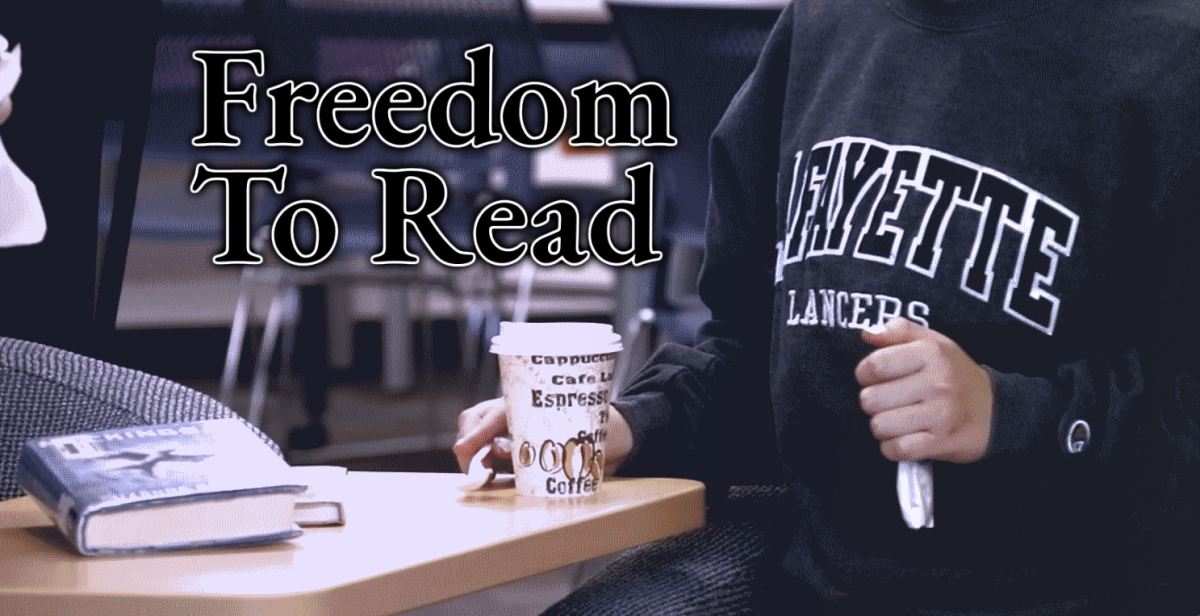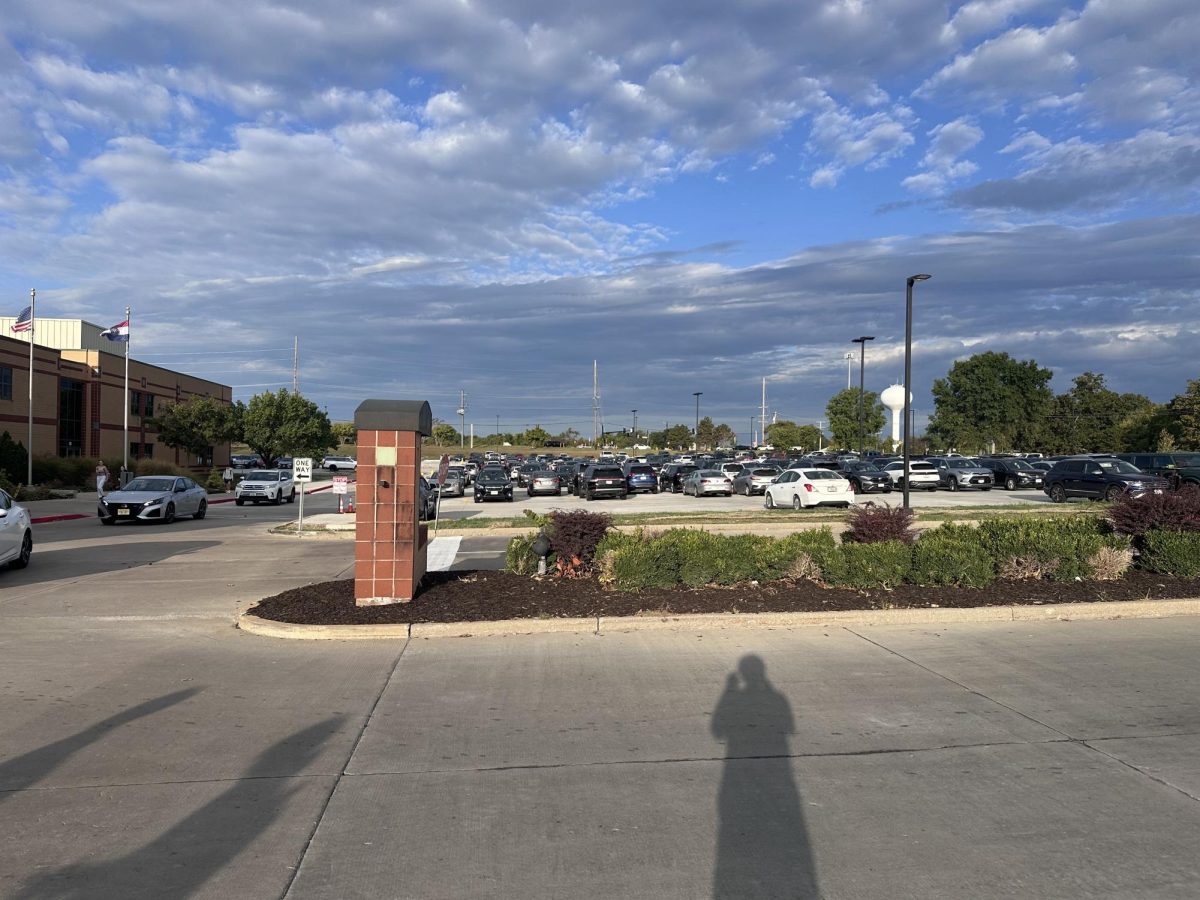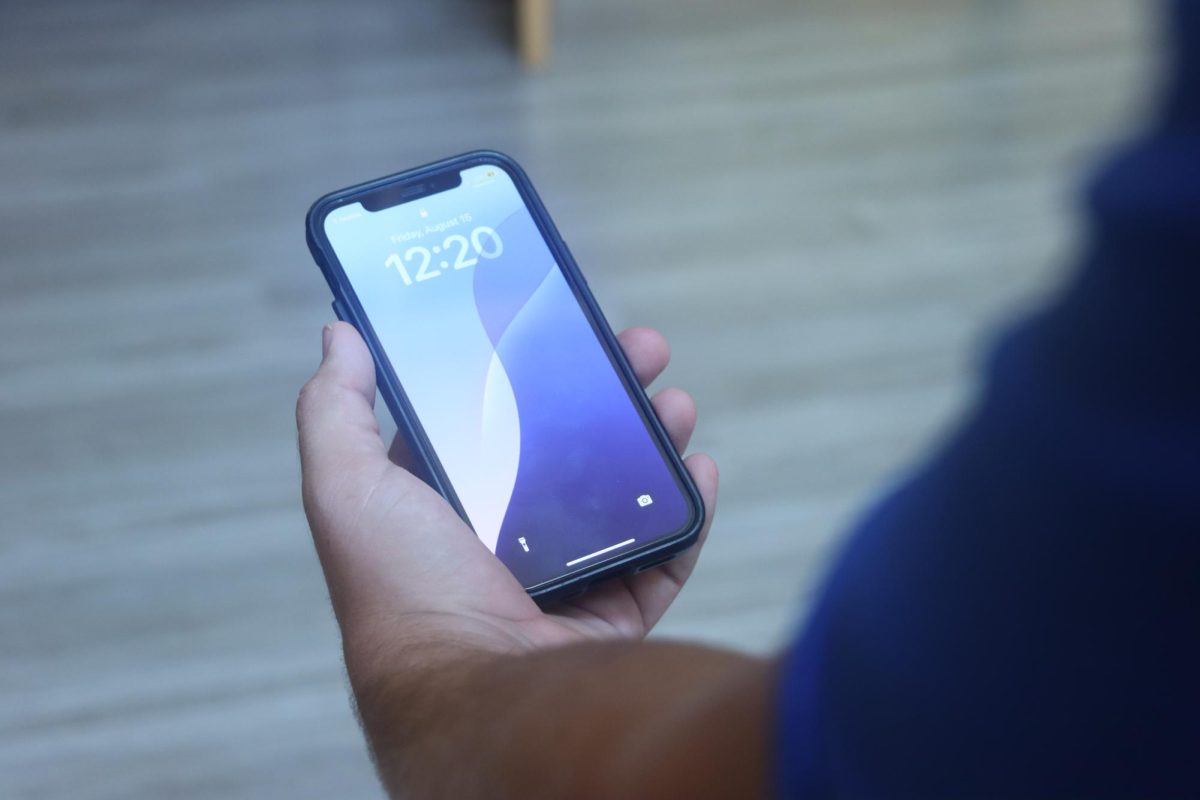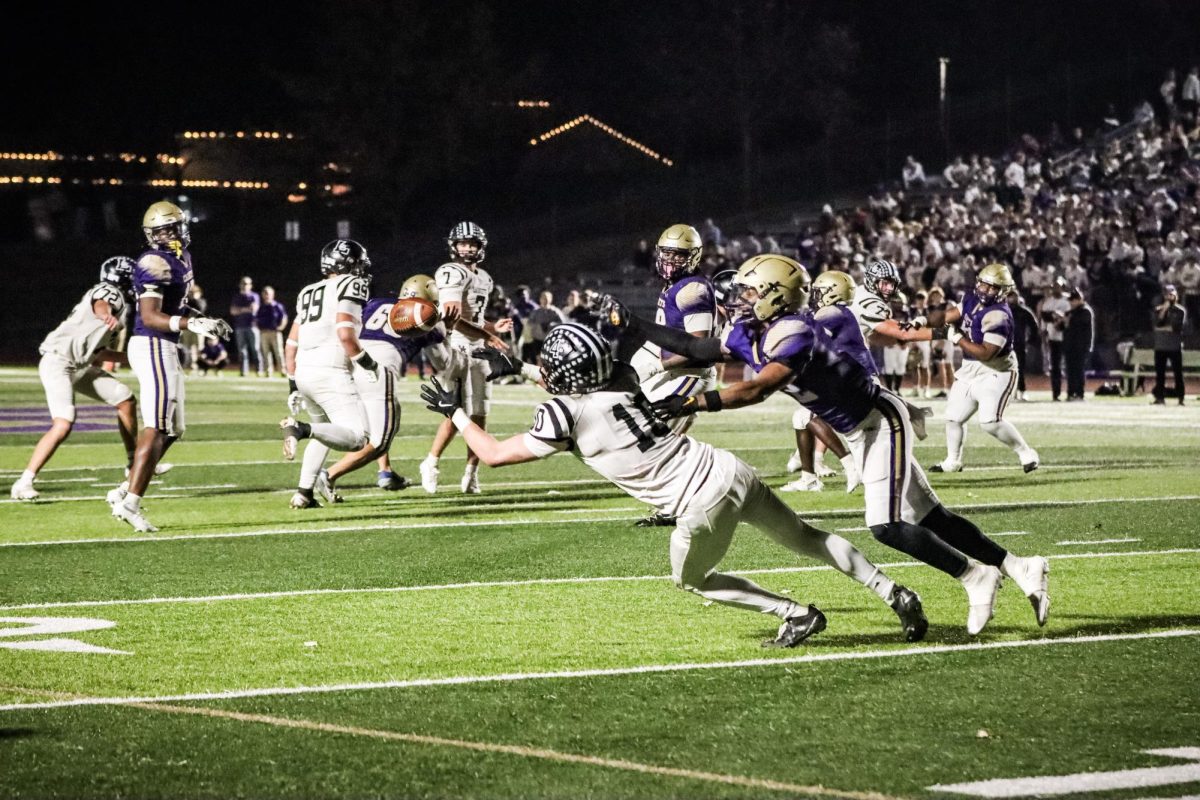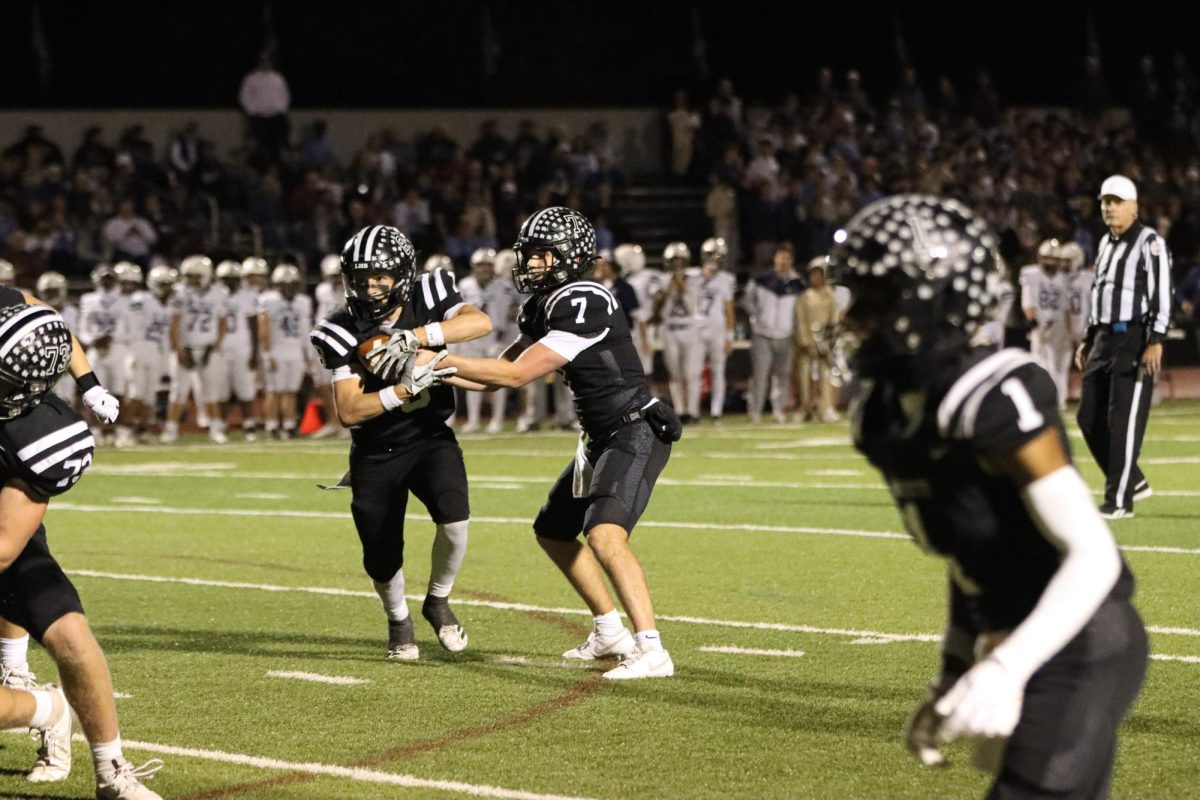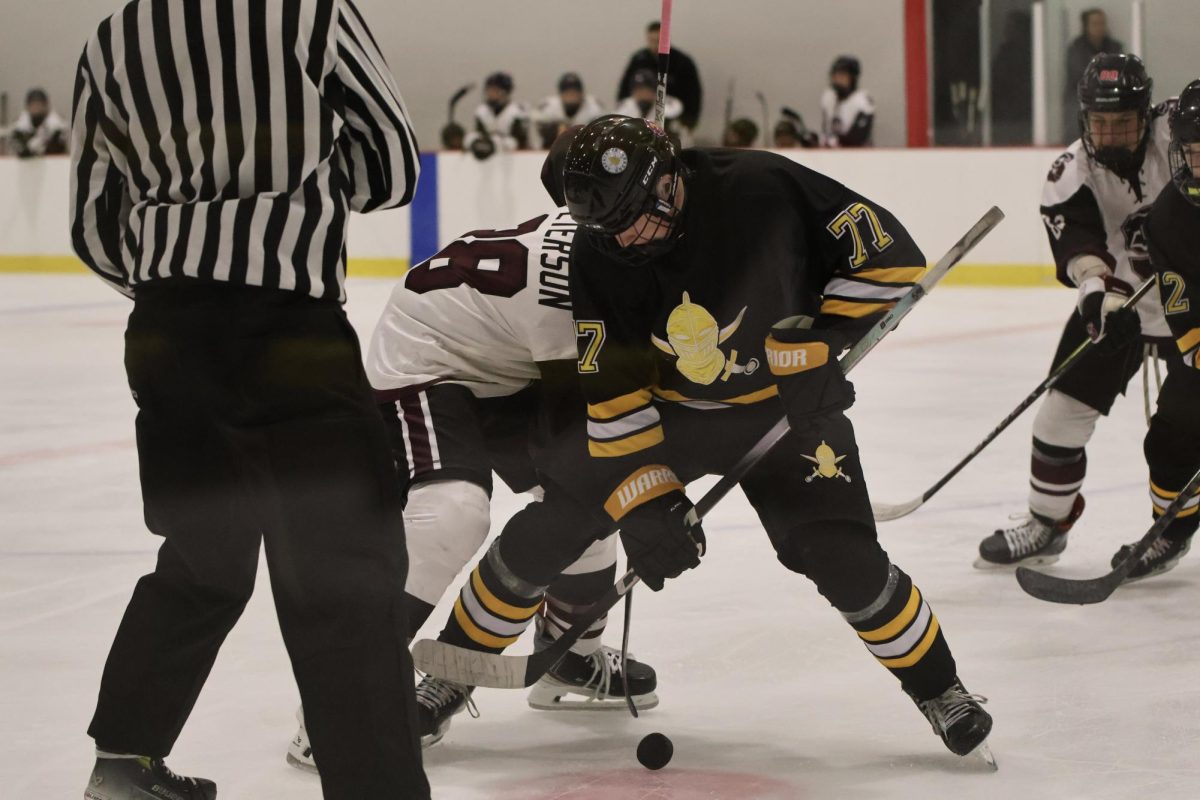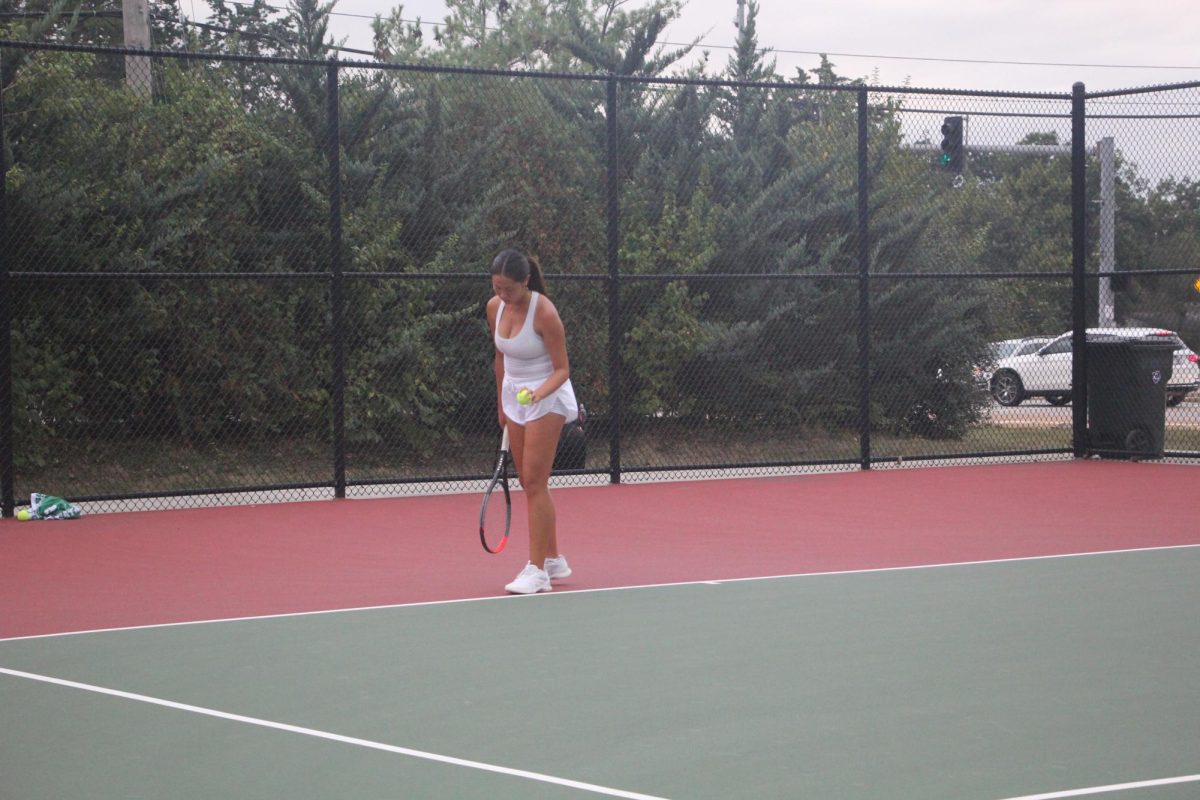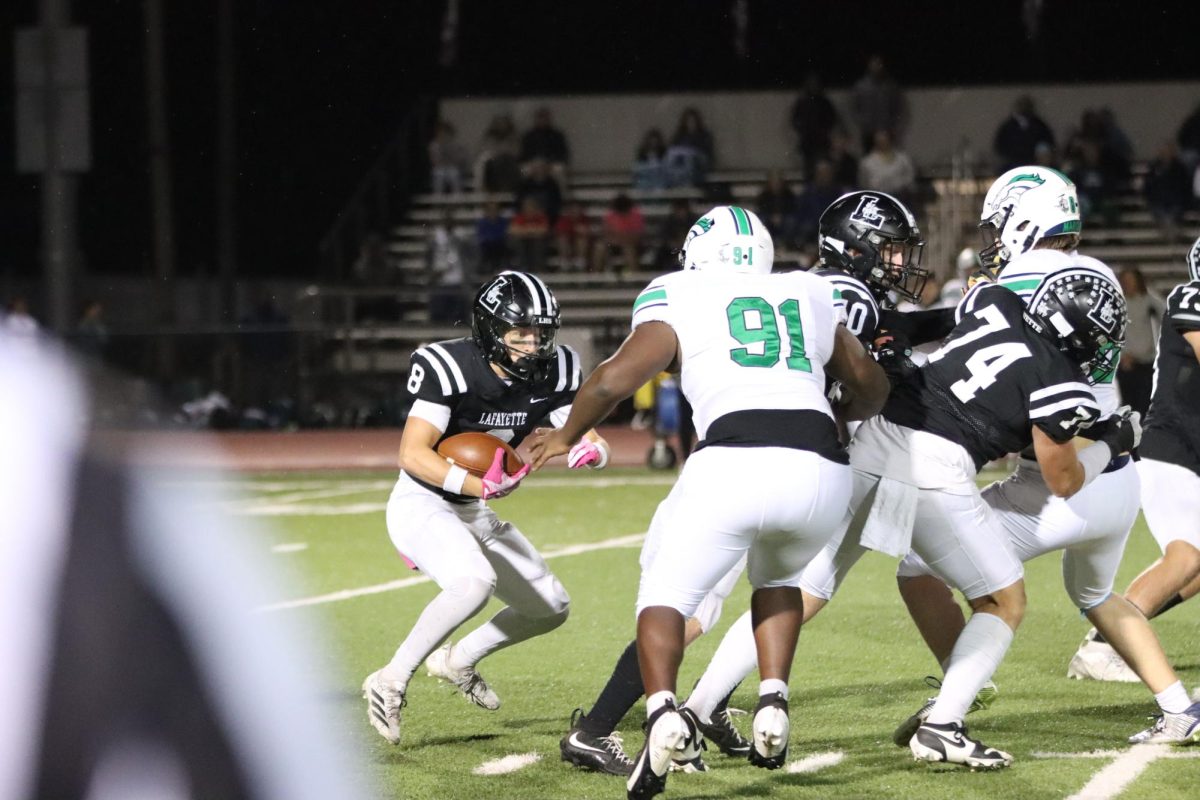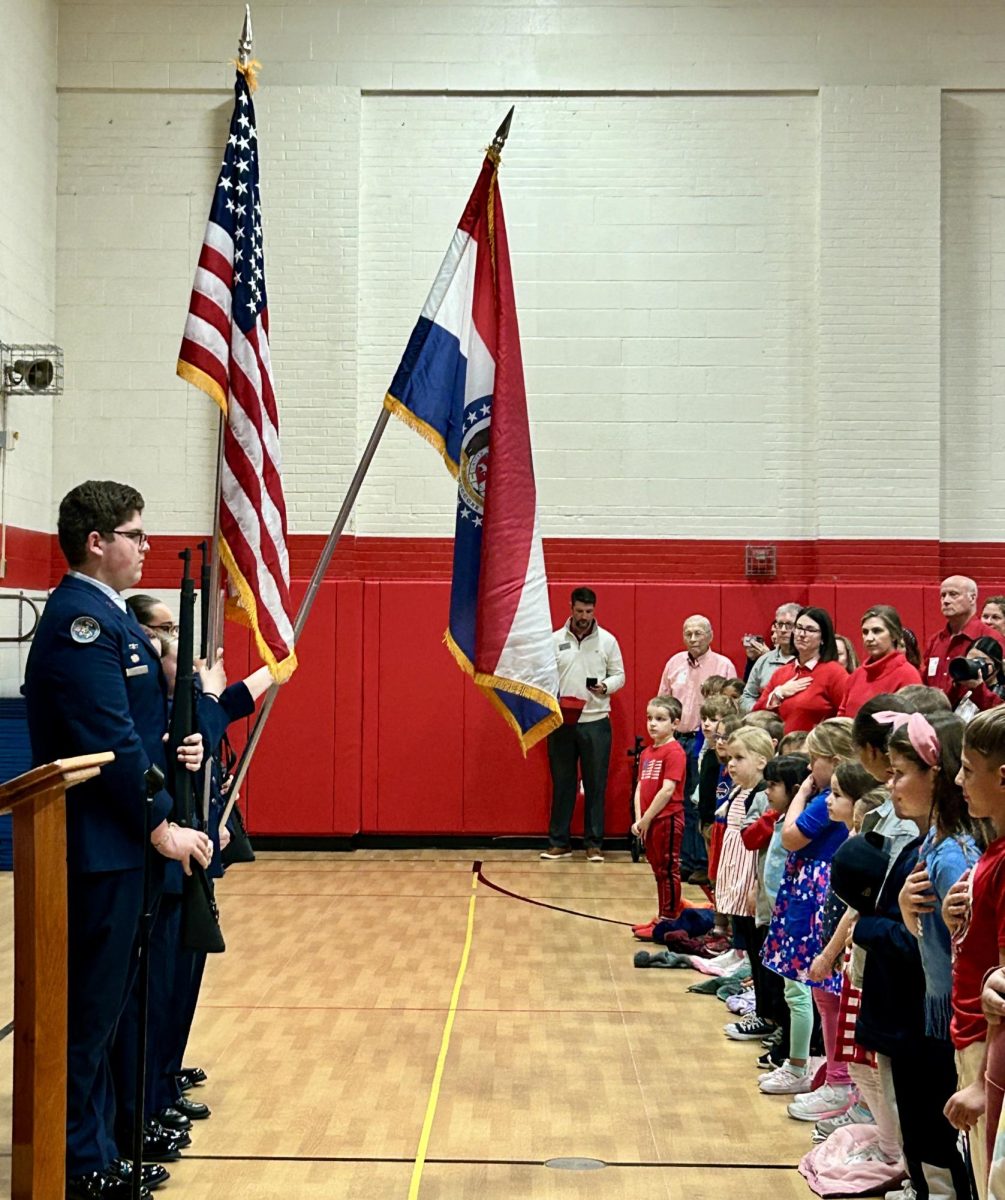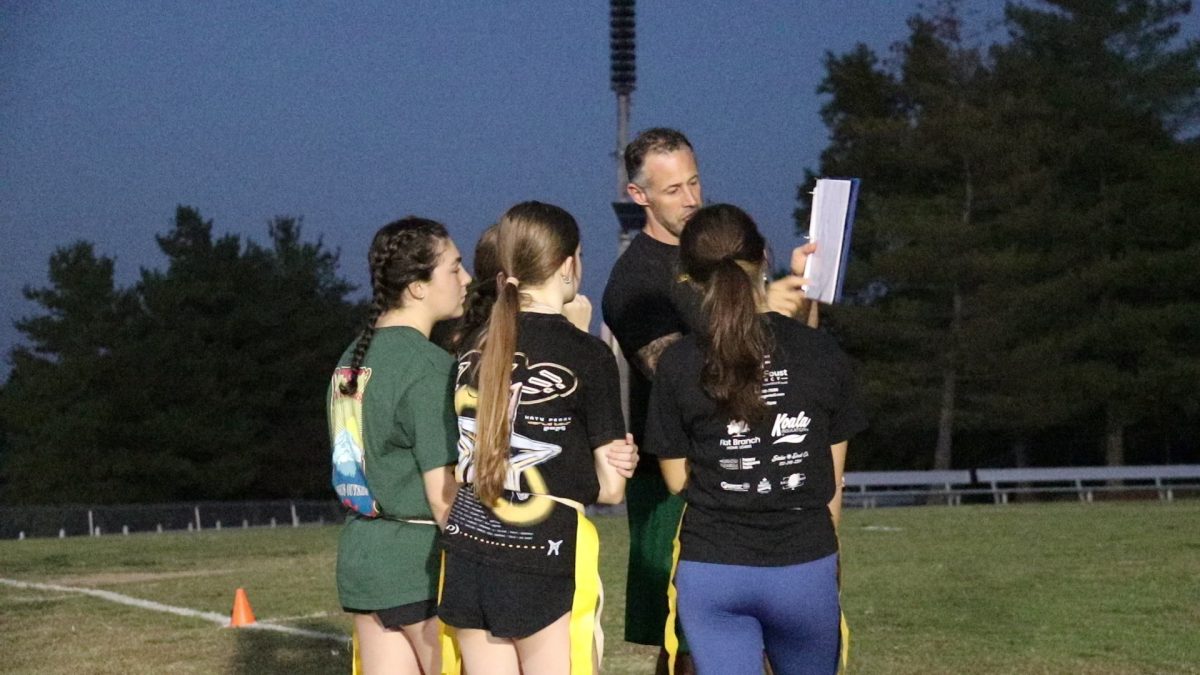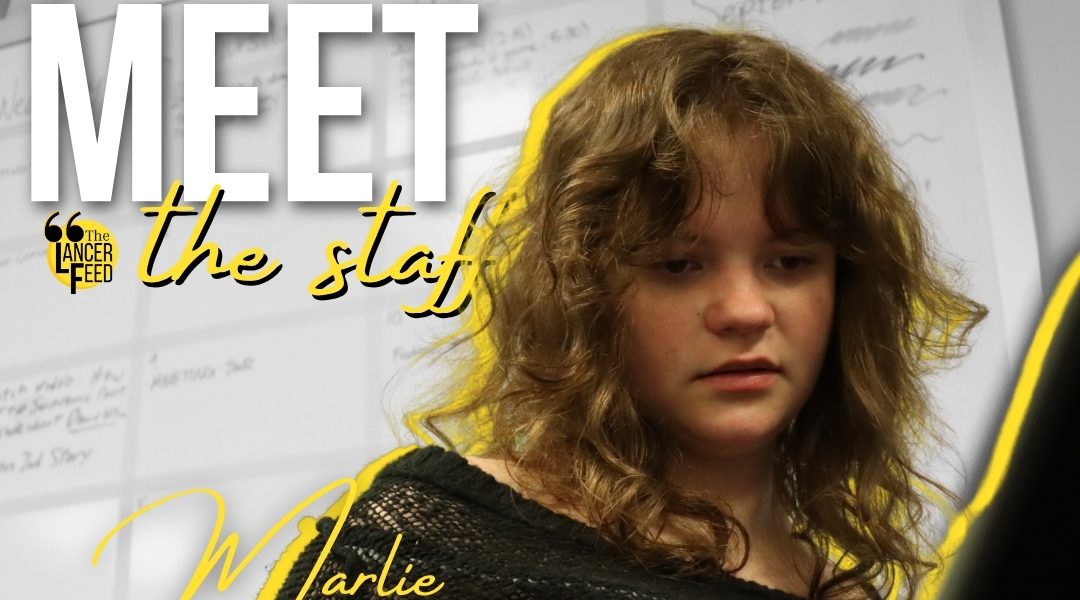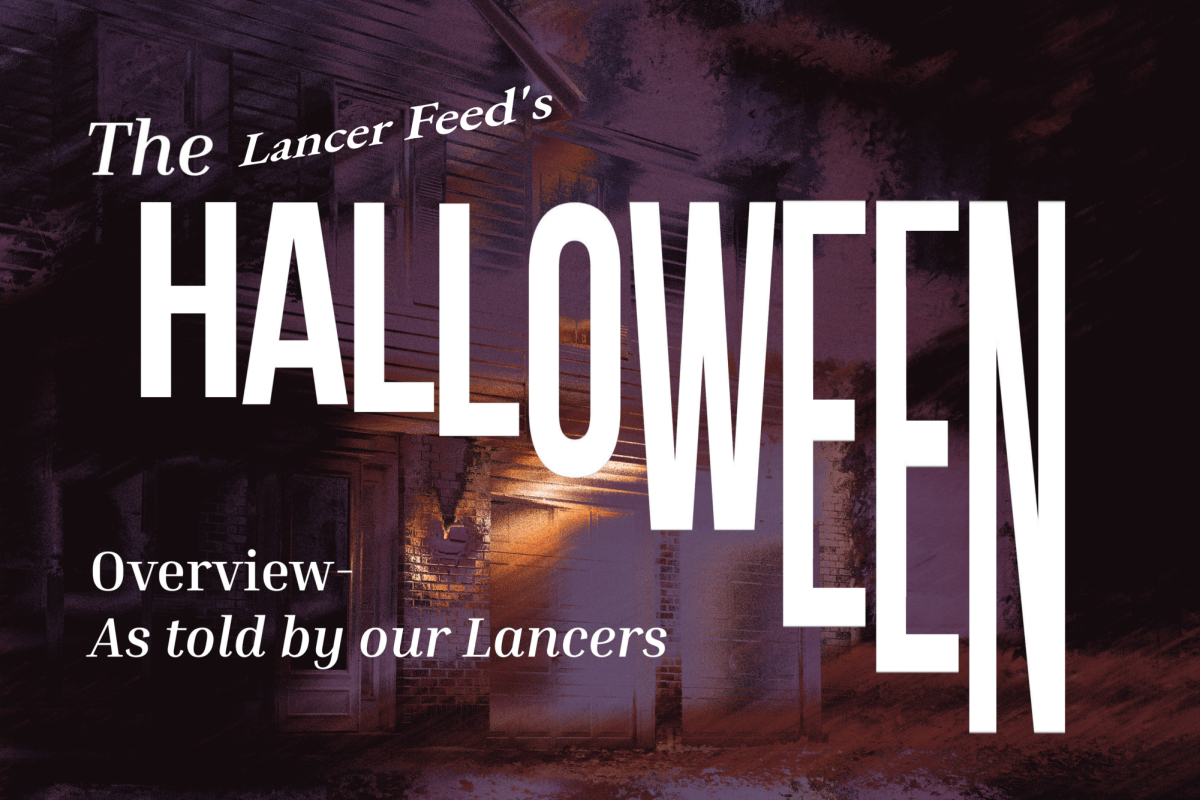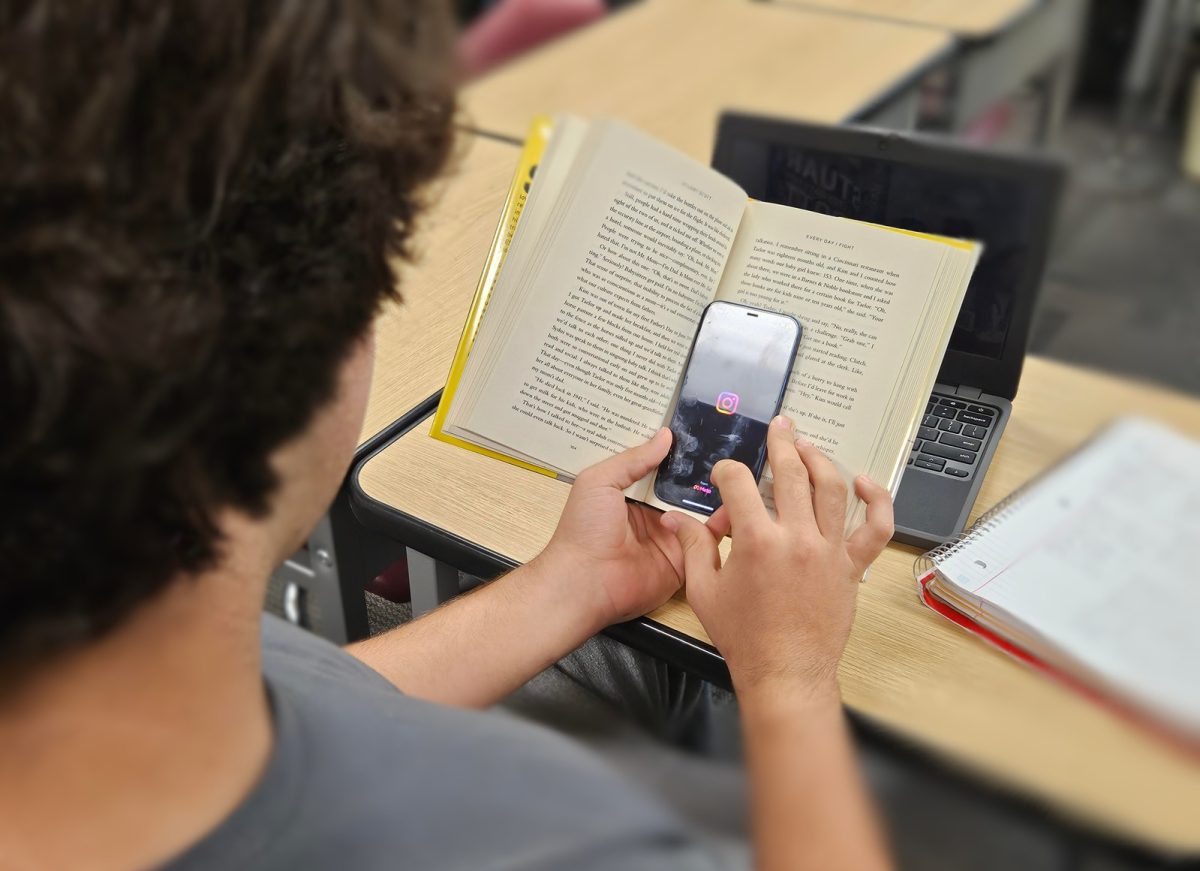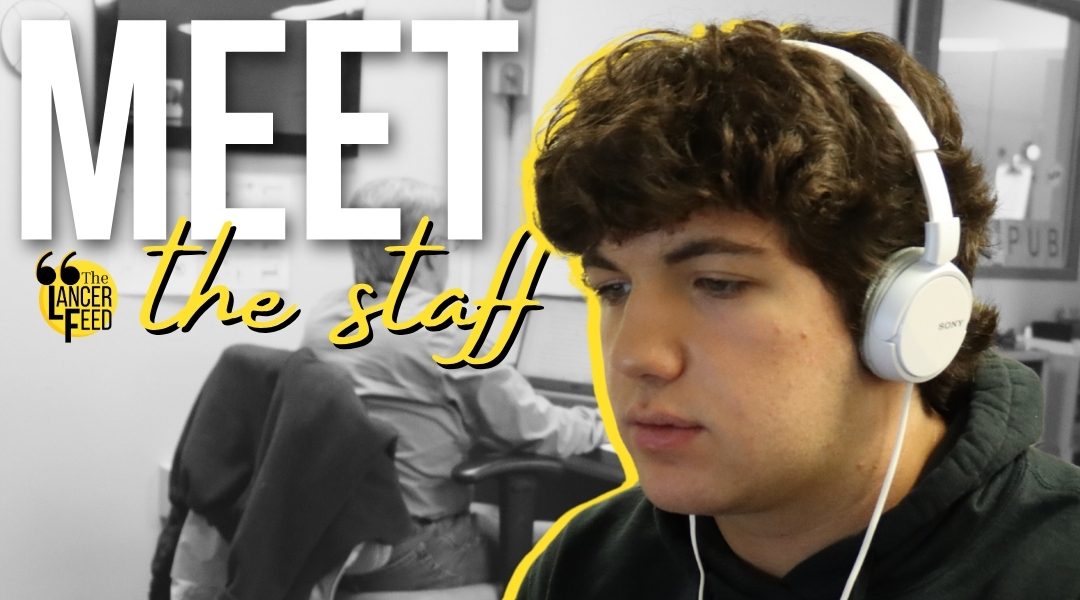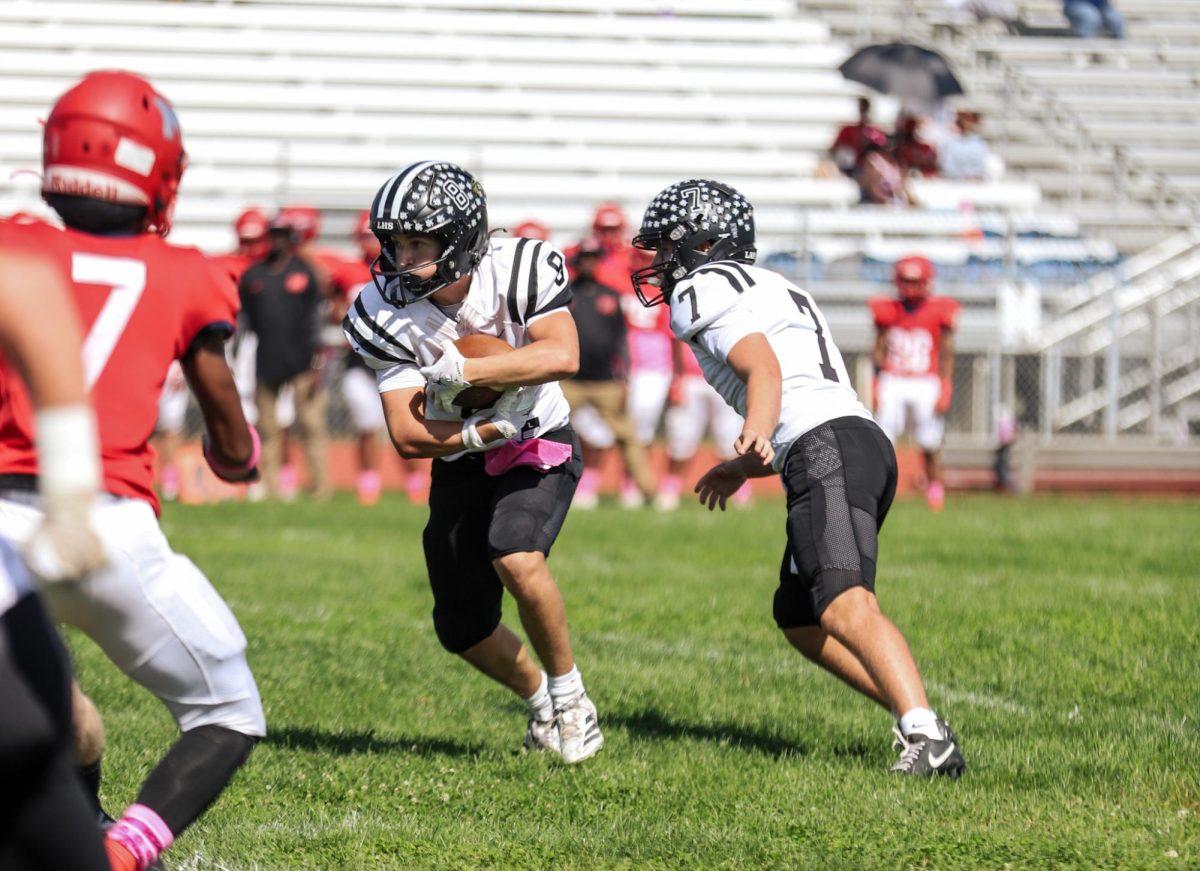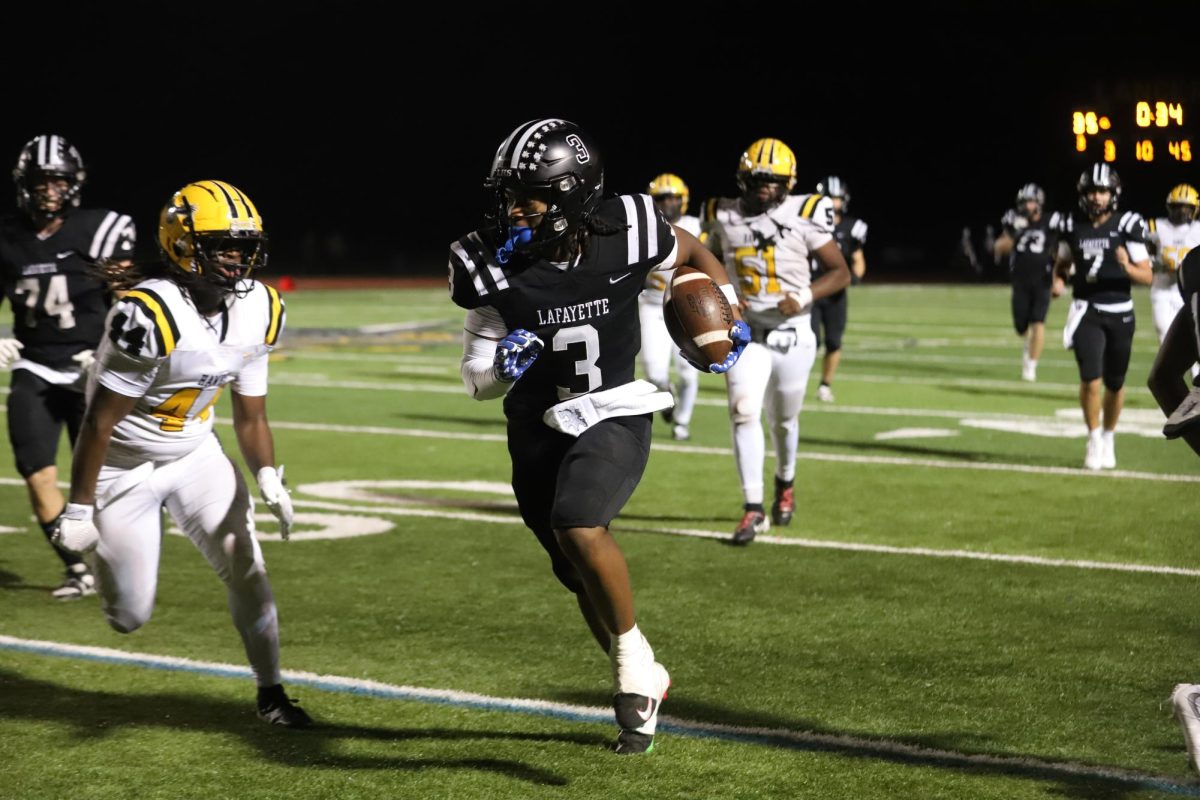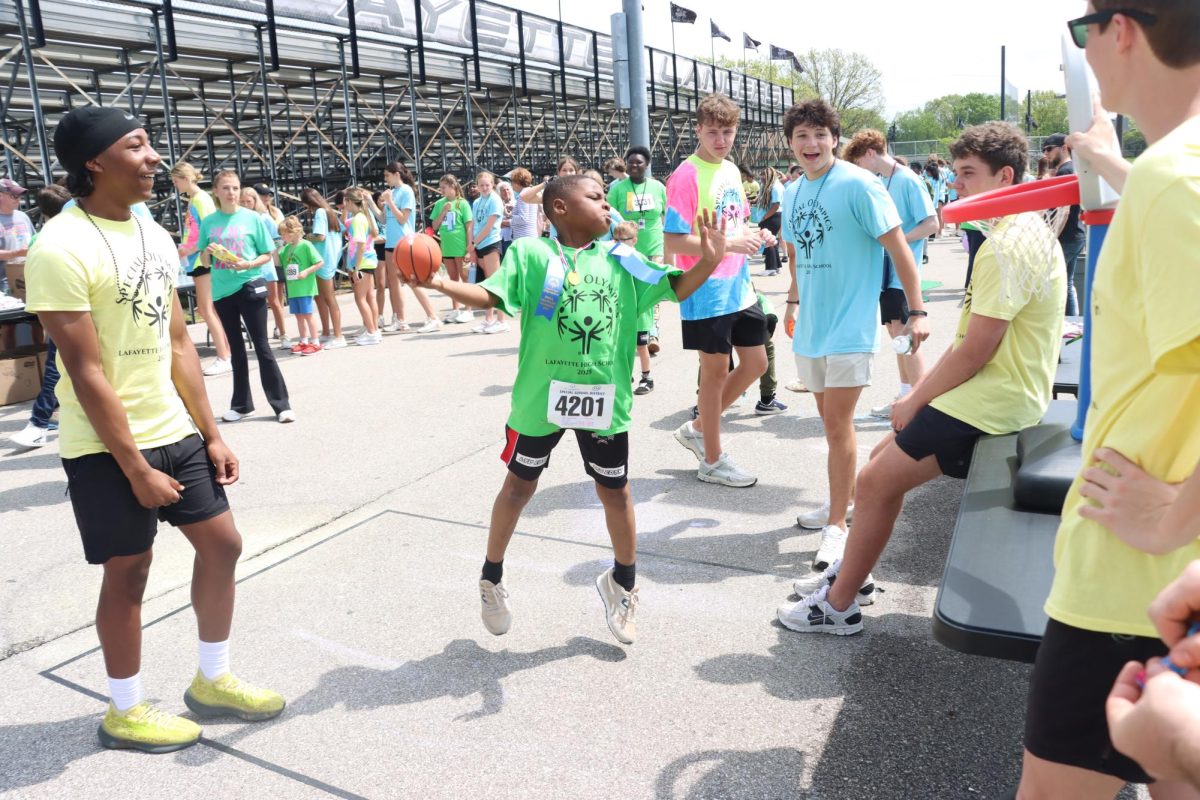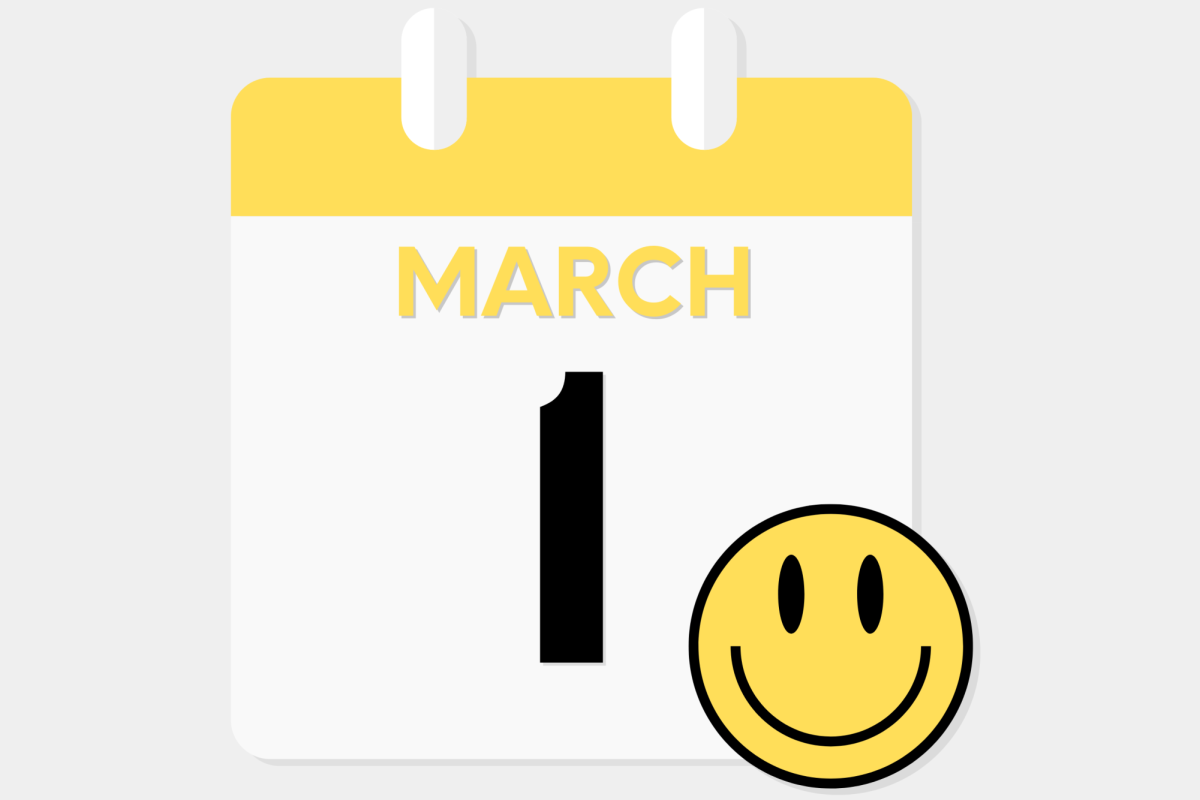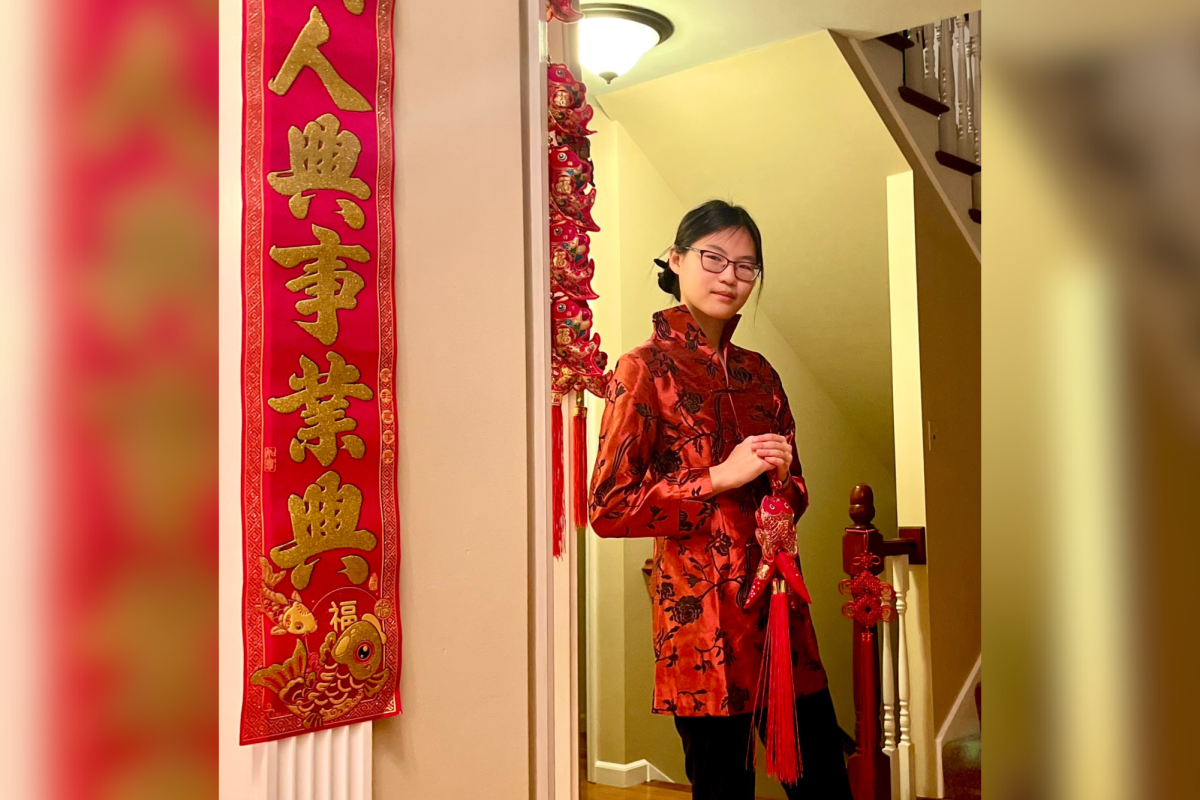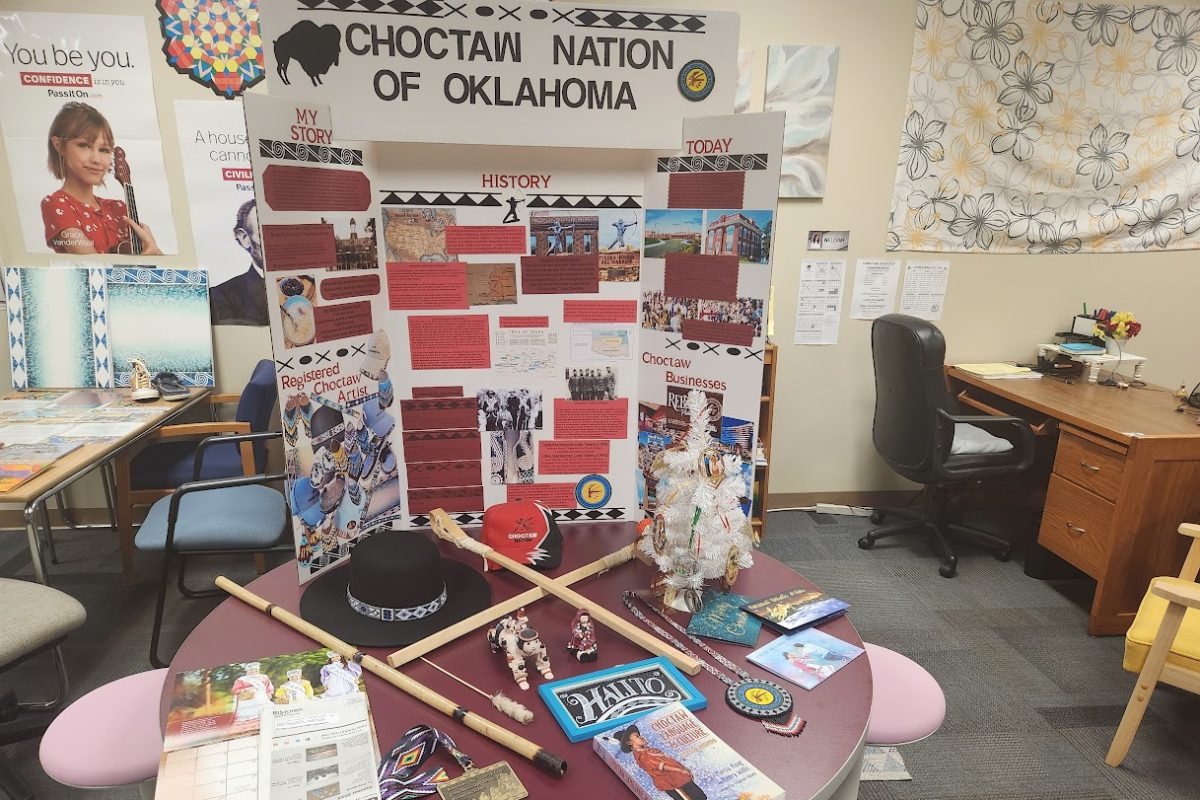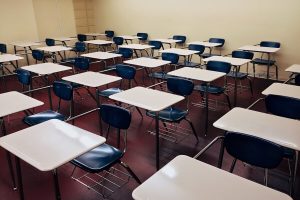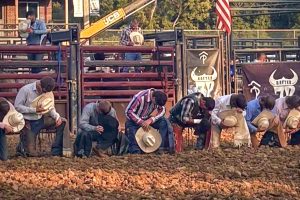Task Force works to finalize schedule for 2021-2022 school year
April 29, 2021
The Rockwood School District (RSD) has announced the creation of a task force to discuss scheduling, both for in-person learning and online learning, for the 2021-2022 school year. The task force consists of parents, students, teachers and administrators. The administrator overseeing the group is Lisa Counts, Assistant Superintendent of Supervision of Schools.
The task force proposed a return to the AABCA schedule from the 2019-2020 school year. However, the Board of Education (BOE) approved a schedule for the 2021-2022 school year that follows an ABCBC schedule which was last used during the 2018-2019 school year.
“We’ve looked at a couple of varieties, such as an ABCBC schedule since there are benefits to more block days. [With block days], it limits the number of transitions in a school day. It also means that there are fewer large groups of kids interacting in the hallways, seven times a day,” Counts said.
Principal Karen Calcaterra echoed the reasoning behind having more blocked days.
“[We’re] trying to reduce the number of classes a student takes in a day, and also reduce the number of peers that a student interacts with [due to COVID-19]. We want to have a more consistent schedule, and also achieve some balance in the schedule,” Calcaterra said.
Under the new schedule, ‘A’ days would remain the same, but ‘B’ days would now contain 2nd, 4th and 6h Hours. New ‘C’ days would include 1st, 3rd, 5th and 7th Hours. Each class would be 91 minutes long.
Late Start Days would also return, with seven total. Those days would be ‘B’ days, with no Flex Time.
The semester schedule also returns, and the quarter system would no longer be used for high schools. The task force does anticipate most measures put in place to mitigate the spread of COVID-19 will still be in place for the next school year, but there is speculation a higher vaccine supply could help. RSD will continue to ask students and staff who are exhibiting symptoms of COVID-19 to stay at home until all symptoms go away.
“Something could change in the upcoming months, possibly a new variant that causes us to not be in school, then we would have to go and revise the schedule. An improvement is that our educators who want to be vaccinated will receive their vaccination, so I think the vaccine will help our safety and health,” Counts said.
Counts also said there were no plans to change the start and end times of high schools for next year.
“No, they [high school start and end times] are going to stay the same,” Counts said.
One of the major questions surrounding scheduling for the next school year is the possible re-introduction of Flex Time, which was first introduced in the 2019-2020 school year. The task force does hope to integrate Flex Time back into the school schedule. According to the new schedule, Flex Time will be on B-days, for 90 minutes. The way Flex Time will be structured is still being decided.
“[The re-introduction of Flex Time] is definitely on the table. We know it’s a valuable time for students, for a variety of reasons. They can stay caught up academically. There is very little downtime during the school day to make up tests, so we know it’s [Flex Time] is a very valuable time, we would just have to re-introduce it in a safe manner,” Counts said, “We’ve tried to look at a schedule that incorporates Flex Time being built into an A-day, B-day, or C-day, or something along those lines.”
The task force has proposed various methods to keep students safe during Flex Time, such as using a homeroom.
“We would probably have students check in to a kind of homeroom, and then we would send people off to check in with their teachers and things like that. We just have to brainstorm how that’s going to look, and [finding] the most effective way to do that. As we anticipate, we still will probably be social distancing and probably [still be] masking,” Counts said.
In the upcoming school year, students who go into quarantine will not have the opportunity to join their in-person classes via Zoom.
“[If a student goes into quarantine], it would kind of be like how it was before COVID. You would log on to Canvas and keep up with your assignments, and then when your quarantine is over, you would return back to your classroom,” Counts said.
Specifically at Lafayette, Calcaterra plans to keep the current dismissal system, using a staggered dismissal system.
“What we have found is that with the staggered dismissal, we are able to empty the parking lot faster than before,” Calcaterra said.


